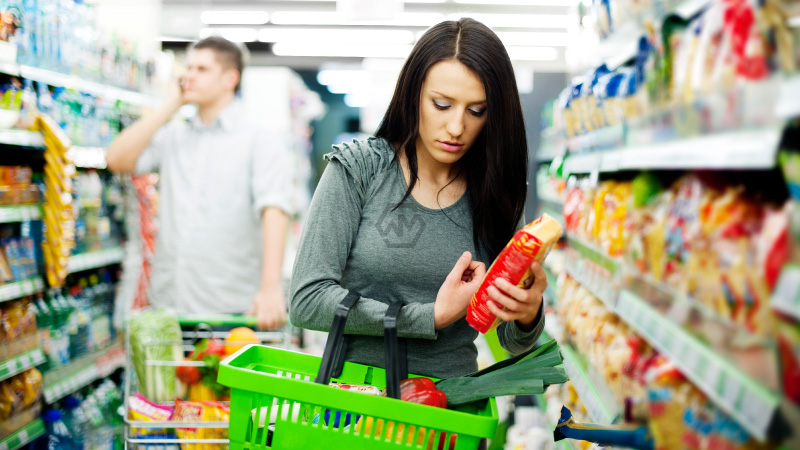Customers now spend more on own-label products, visit the store less frequently, and are turning to loyalty programs for discounts, among other changes.
As food prices climb, the cost-of-living crisis has contributed to the adjustments. However, there are older trends, such as the development of cheap retailers like Aldi and Lidl. Based only on data gathered by Kantar, the BBC has identified five significant changes in shopping.
Food Purchasing Pattern
Before Covid, the typical household made 18 trips to the grocery store each month; today, it makes 16 trips. Although not as much as during lockdown, they are spending more on their main store than they were before the outbreak. With 12% of UK grocery expenditure done online today, the shift to internet shopping has paused.
Even though many older individuals who started buying online during lockdown have given up, it is still more common than it was before Covid and accounts for about 8% of grocery spending. By the end of 2022, 51% of supermarket sales will be made by brands with their labels, reflecting the growth of these products.
- Covid reduces grocery store trips, but internet shopping pauses UK shift.
- Online grocery shopping continues to grow, accounting for 8% of grocery spending.
- UK supermarkets Aldi and Lidl expand amid growing rivals and intensifying price matching.
People who have a choice are also driving this trend, in addition to those who are being compelled to follow it. To differentiate themselves in a crowded market, supermarkets are extending their own-label product lines.
Discount retailers Aldi and Lidl have seen sales rise by 23% year over year in the UK, outpacing Tesco and Sainsbury’s. The cost-of-living crises and consumers looking for discounts have been driving the discounters’ market share growth for the past ten years.
Aldi surpassed Morrisons to take the fourth-largest supermarket spot in the UK last year, and Lidl may soon follow. This expansion occurs at the same time that rival supermarkets’ basic ranges are growing and price matching is intensifying.
With many now providing in-store or personalized deals, loyalty programs are also growing more and more popular for their savings. Examples are Lidl Plus, Morrisons More, and Tesco’s Clubcard Prices.
Customers scan their cards or app to access a loyalty scheme promotion, and businesses record this information for marketing purposes. Since the majority of consumers would participate in many schemes, these programs are not intended to increase customer loyalty.



